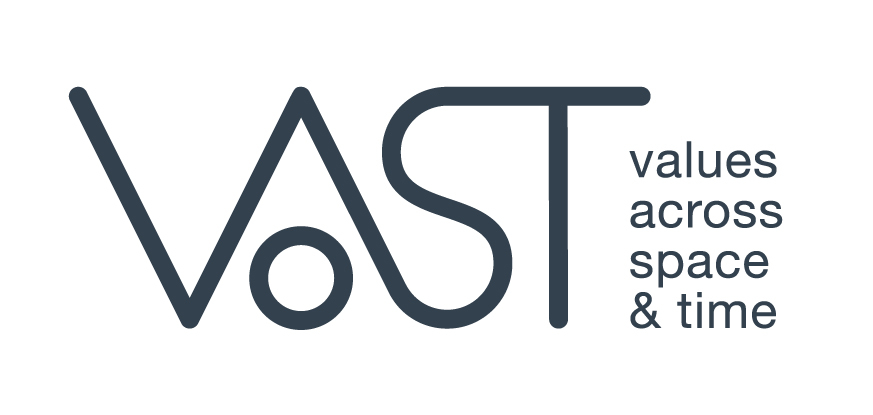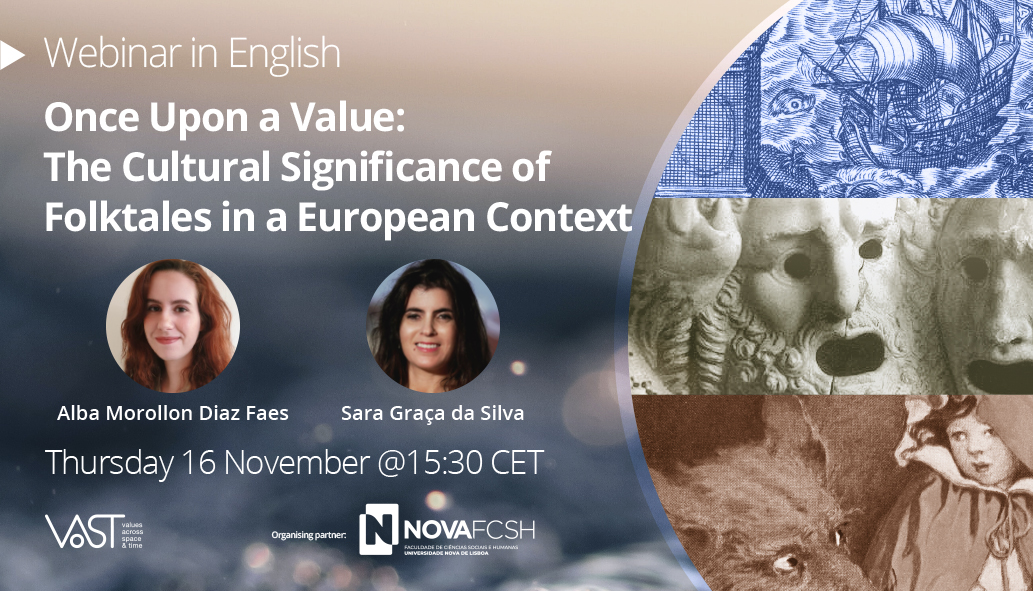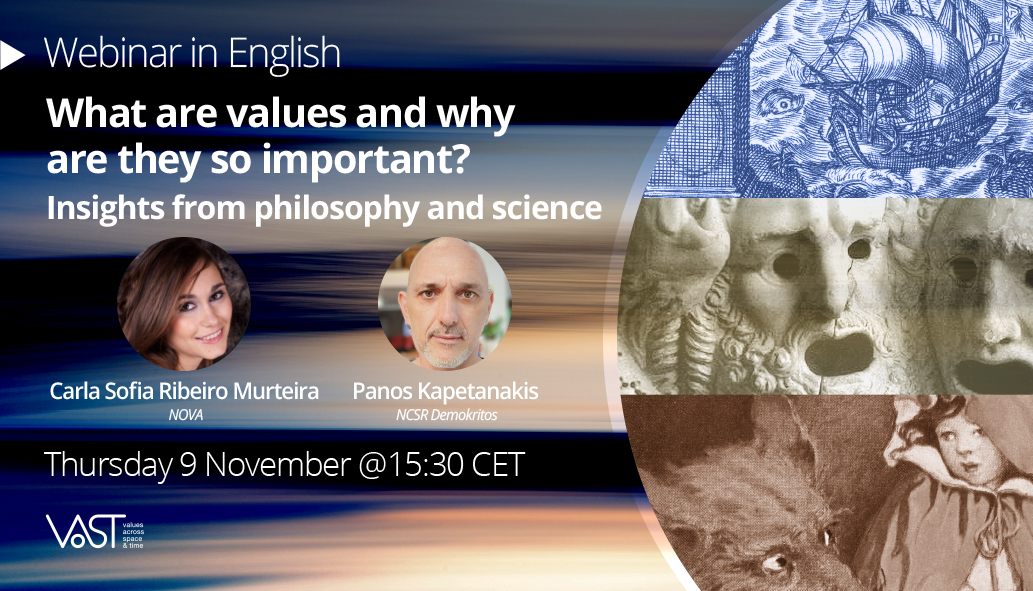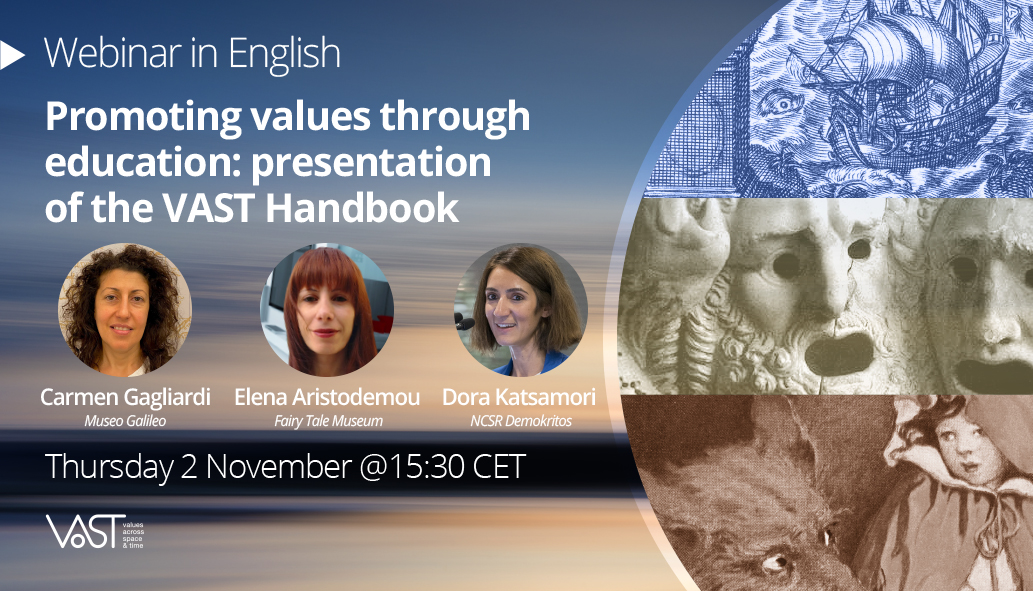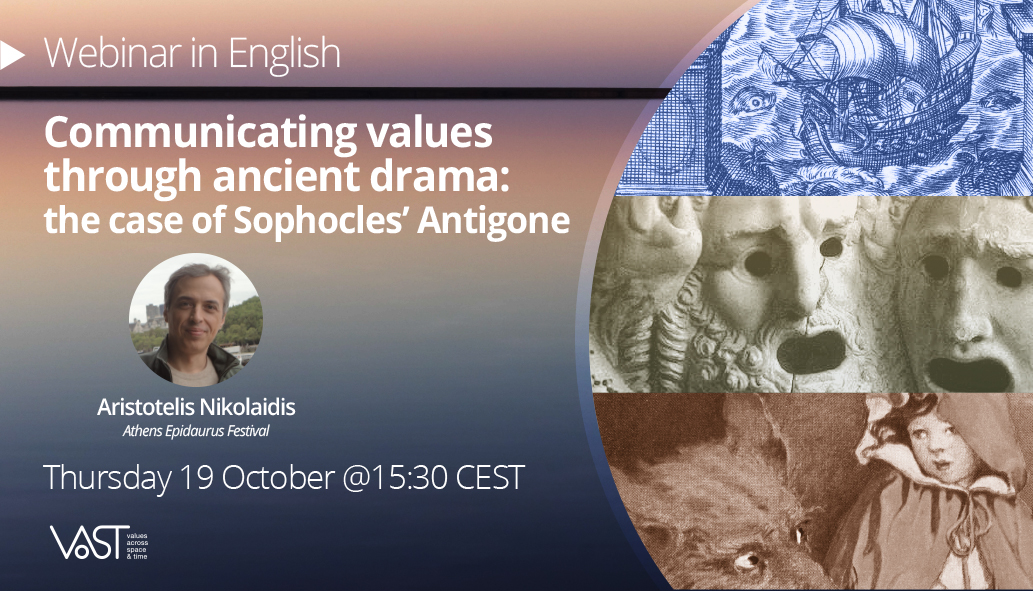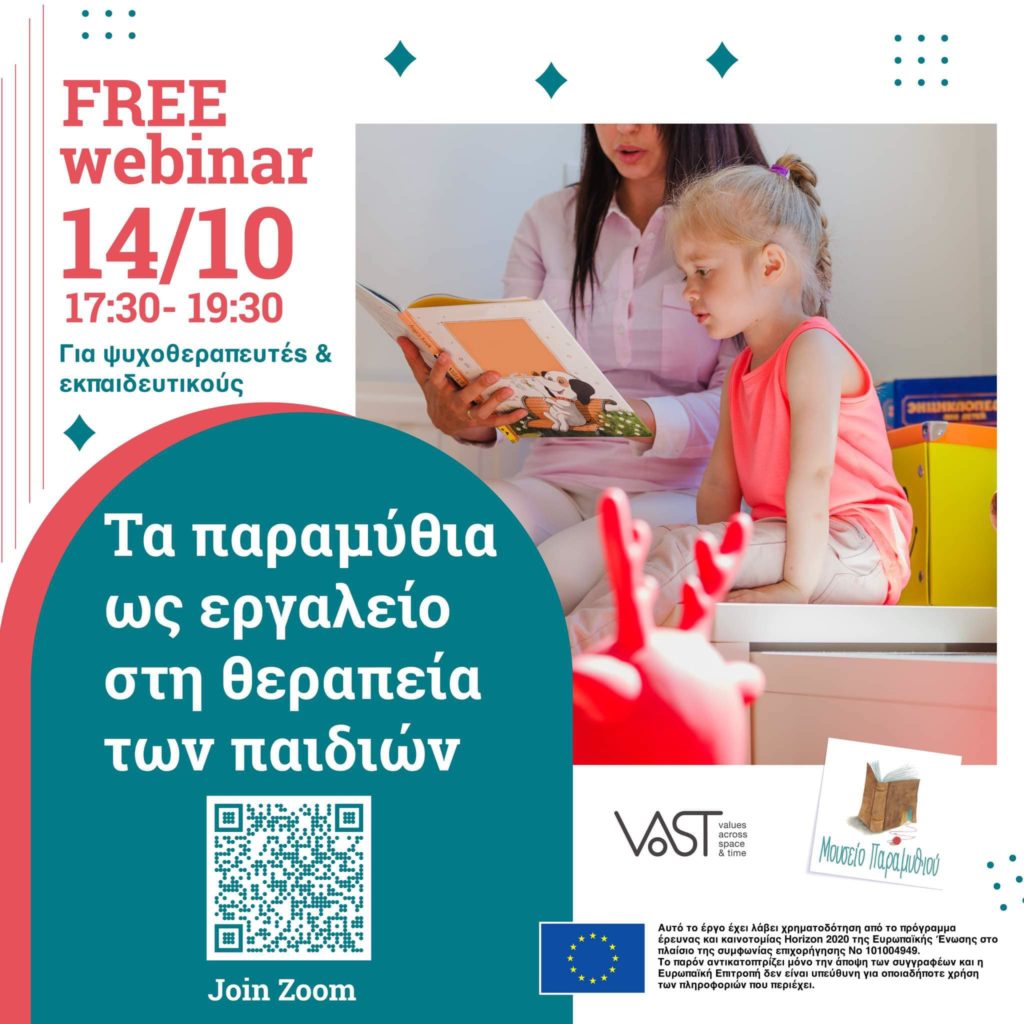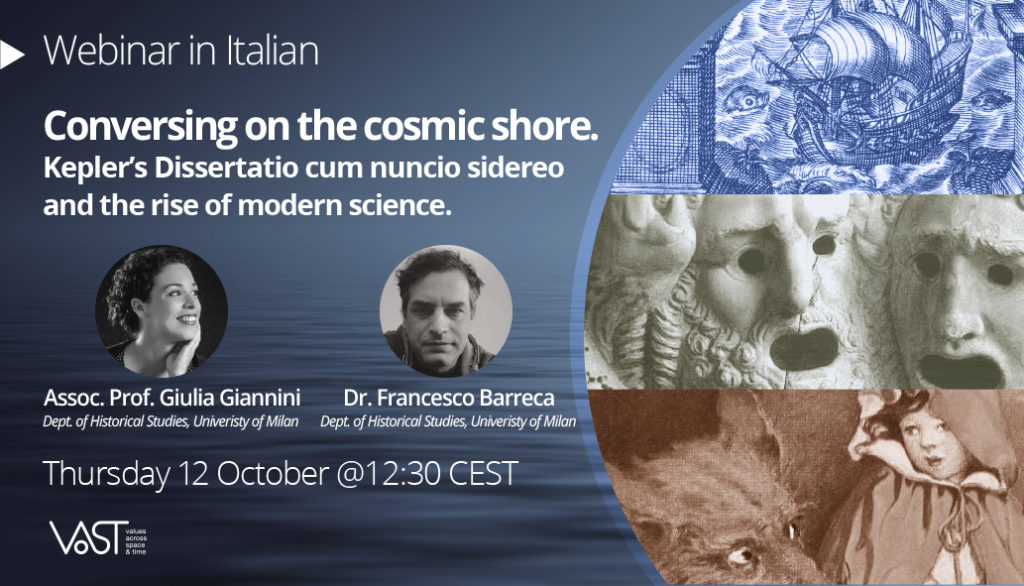The video from the webinar is available to watch here.
What do we know about the values of people? What are the values distilled in an AI system and how are they licensed? How do we ensure trust in the AI lifecycle? This webinar explores current activities and practices that aim to align the values of people in AI systems and in the society at large.
Invited Talks
What’s in a Value? Understanding the Normative Structure of Ethics in Technology. | Dr. Katie Evans, IEEE
The Ethics of Artificial Intelligence has become one of the busiest buzz words in the AI ecosystem to date, finding increasing traction in technical discussions, popular discourse and even in recent legislative advances. Nonetheless, it stands to reason that a knowledge of the substantive content of AI ethics, and a fortiori, of the basic structure of ethics itself, is often lacking in these contexts. What do we really know about values, if only that they seem somehow « valuable »? The aim of this talk is to demystify the connection between ethical structure and technology practice, debunking common misconceptions, clarifying key concepts, and addressing how to successfully identify what matters ethically (and how it matters) in the design, deployment and governance of current AI technology.
Experiments on automatic extraction of values from texts. | Dr. Nicolas Stefanovitch- Research Officer, Joint Research Centre of the European Commission
An overview of Dr. Nicolas Stefanovitch’s talk is available below:
From Open Source to Values Based Responsible AI licences. | Mr. Alexandros Nousias, NCSR Demokritos
In an era where AI is as influential as the electricity that powers it, aligning its course with our set value system is not just ideal but imperative. The present talk will focus on the vital importance of contextual use behaviour in shaping AI licences and AI usages thereof. While exploring the symbiotic relationship between AI licensing and regulation the talk draws lessons from the rich history of Open Source Software licences.
Talking about values to AI professionals. Why and how? | Dr. Maria Dagioglou, NCSR Demokritos
Encouraging inclusion within AI practices and methods is not just a desired behaviour any longer. Considering diversity, non-discrimination and fairness is a requirement and even an obligation for ethical AI. AI professionals need to receive the training and the tools that promote an inclusive culture. This talk will describe approaches that have been followed during this end. Specific focus will be given on how a VAST educational activity has been adapted to a workshop that heightens AI professionals’ awareness on the diversity of people’s values, encourages critical thinking and avoidance of personal-biases.
